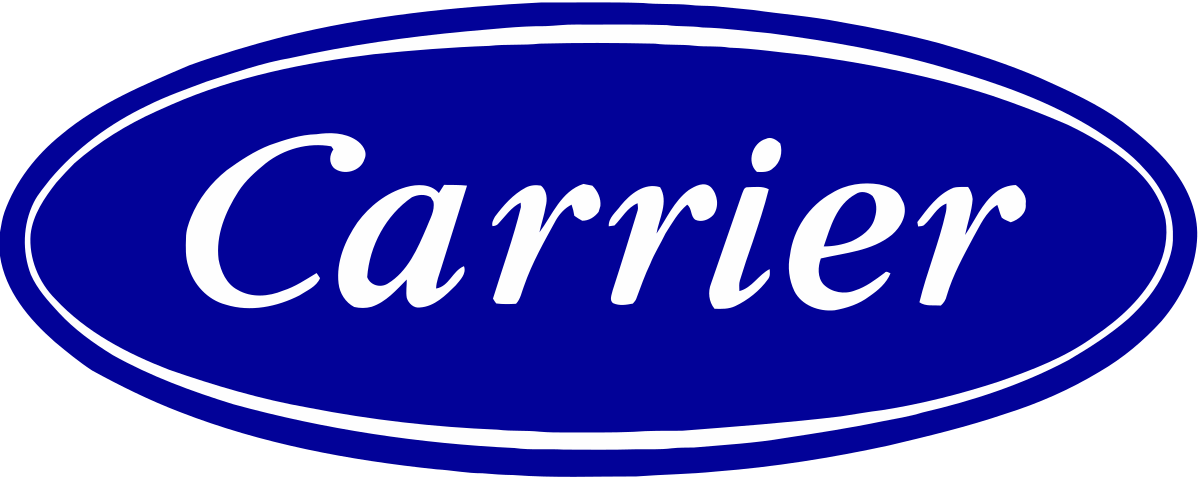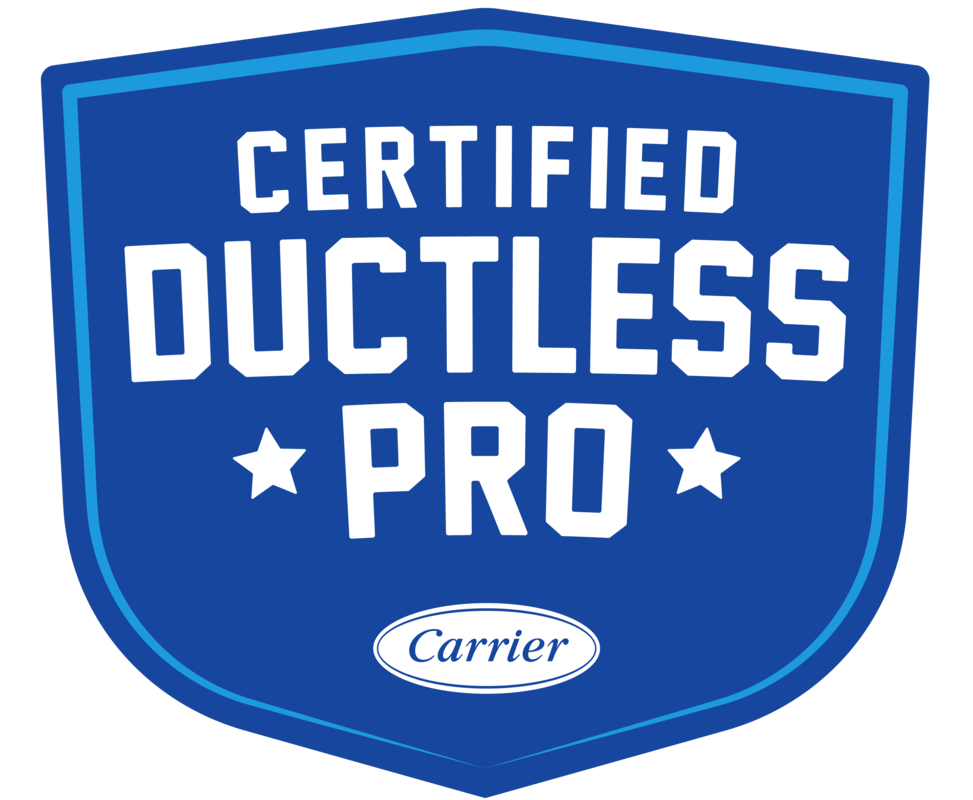DIY Maintenance Tips
Air Quality
Enhance the air quality in your home with regular maintenance and simple steps to keep your living space fresh and healthy.
Prevent Mildew
Take these proactive steps to prevent mildew: ventilate basements or use dehumidifiers to keep the air, walls, and furnishings dry. Avoid hanging wet clothes in closets and keep showers and tubs clean to help them dry faster. Regularly air out bathroom cabinets and the cabinet under your kitchen sink.
Humidifier Maintenance
Clean your humidifier at the start of each heating season. Refer to your owner’s manual for instructions on cleaning the evaporator pad and other components.
Air Cleaner Care
Clean the pre-filter and collection cells of your electronic air cleaner two to three times a year for optimal performance.
Check Furnace Filters
Inspect the air filter in your furnace or fan coil monthly. A dirty filter can increase wear on your system. Replace disposable filters or clean reusable ones, ensuring they are completely dry before reinstalling.
Heating & Cooling
Inspect Ventilation
Before each heating season, check your furnace’s combustion area and vent system for dirt, soot, or rust. If you notice issues, have the system professionally inspected and repaired before use.
Keep Units Level
Ensure your outdoor coil remains level to allow proper moisture drainage. If the unit shifts, re-level it promptly.
Exterior Cleaning
Clean the exterior of your outdoor coil using a brush or vacuum with a soft attachment. For deep cleaning, contact a professional technician.
Remove Debris
Keep your outdoor unit free from grass clippings, leaves, and other debris. Periodically check the base pan beneath the unit to ensure proper drainage.
Plumbing Tips
Plumbing issues are common, and while some can be handled yourself, others require professional help. Here are a few tips to address and prevent common problems:
- Blocked Traps: Use a snake to clear blockages or dismantle and clean the trap manually.
- Clogged Sinks or Toilets: For sinks, clean out the pop-up plug; for toilets, try a plunger or snake.
- Dripping Faucets: Replace washers or call a plumber if the valve seat is corroded.
- Low Shower Pressure: Clean lime or calcium buildup from the showerhead by soaking it in vinegar overnight.
- Leaky Pipes or Burst Pipes: Temporary fixes like joint fillers can help, but always consult a plumber for long-term solutions.
Prevent Drain Clogs
- Avoid pouring grease or coffee grounds down the sink.
- Clean drain strainers, pop-up stoppers, and overflow plates regularly.
- Use chemical cleaners sparingly to prevent pipe corrosion.
Winterize Plumbing
Prepare your plumbing for colder weather by turning off the water supply, draining pipes, and adding plumbing antifreeze where necessary. This prevents frozen pipes and costly repairs.
With these maintenance tips, you can keep your home’s systems running efficiently while preventing common issues. For expert assistance, don’t hesitate to contact a professional from Comfort Solutions!





